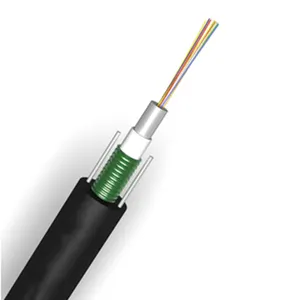The deployment of fiber optic cables is crucial for the development of digital infrastructure and the expansion of high-speed internet access. However, the method of installation for these cables can significantly impact the cost and efficiency of the project. A recent cost-benefit analysis compared the two main installation methods: burial and aerial installation.
Burial involves digging trenches and burying the fiber optic cable underground, while aerial installation uses poles and overhead cables to suspend the cable. The analysis considered factors such as material costs, labor costs, maintenance expenses, and the impact on the environment.
The results showed that while aerial installation is initially less expensive than burial, it requires more maintenance and has a higher risk of damage due to weather conditions or other external factors. Burial, on the other hand, has a higher initial cost but requires less maintenance and has a lower risk of damage, resulting in lower long-term costs.
Furthermore, burial is considered to have a lower impact on the environment as it involves fewer disruptions to the surface and vegetation. This factor is becoming increasingly important, as many communities prioritize environmental sustainability in infrastructure projects.
Overall, the analysis concluded that burial is the more cost-effective and environmentally friendly method of fiber optic cable installation in the long run. However, it is essential to consider the specific circumstances of each project and weigh the pros and cons of each installation method before making a decision.
Post time: Mar-17-2023
